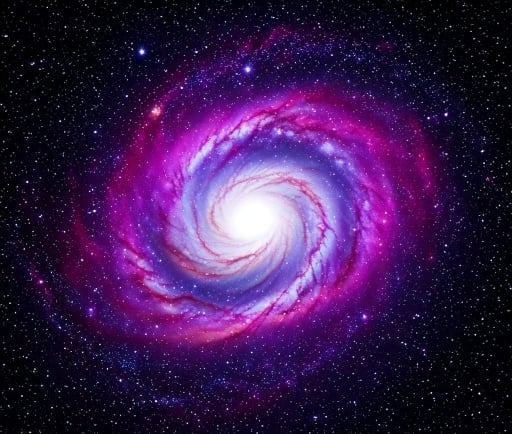NGC 7793: The Flocculent Spiral Galaxy


Introduction to NGC 7793
NGC 7793 is a captivating flocculent spiral galaxy nestled in the southern constellation of Sculptor. First discovered by the Scottish astronomer James Dunlop, this galaxy has piqued the interest of astronomers and stargazers alike due to its unique structure and significant distance from Earth. Located approximately 12.2 million light-years away, NGC 7793 offers a glimpse into the intricate beauty of the universe.
Characteristics of NGC 7793
Belonging to the category of flocculent spiral galaxies, NGC 7793 is characterized by its delicate and patchy appearance. Unlike grand-design spiral galaxies, which exhibit well-defined spiral arms, NGC 7793 presents a more chaotic arrangement of star formations that evoke the image of wisps of cotton. This flocculent nature is a result of the ongoing star formation activities within the galaxy, as it provides a fertile environment for new stars to emerge.
The galaxy is receding from Earth with a heliocentric radial velocity of approximately 227 km/s. This velocity reflects the universe's expansion and underscores the dynamic nature of celestial objects. Such measurements are critical, as they help astronomers comprehend the rate at which our universe evolves and expands.
The Importance of Studying Galaxies like NGC 7793
Studying galaxies such as NGC 7793 serves crucial purposes in the fields of astronomy and cosmology. These investigations allow scientists to refine their models of galaxy formation and evolution. The flocculent spiral structure of NGC 7793 offers invaluable insights into the role of gas and dust in the formation of stars. Additionally, by examining the peculiarities of this galaxy, researchers can compare it to other galaxies, further enriching our understanding of the diversity of galactic structures.
Moreover, NGC 7793 lies relatively close to Earth in cosmic terms, making it an ideal candidate for detailed observational studies. The galaxy is a member of the Sculptor Group, which comprises a collection of galaxies that provide a natural laboratory for examining the interactions and influences among galactic structures. Understanding the properties of NGC 7793 and its companions lends essential insights into the behaviors and patterns exhibited by galaxies in the larger universe.
Conclusion
NGC 7793 stands out as a significant focal point for astronomers keen on unraveling the mysteries of the cosmos. Through its flocculent nature, significant distance from our planet, and expansion velocity, it serves as a cornerstone for ongoing research. As scientists continue to utilize advancements in technology to observe and study NGC 7793 and similar galaxies, we inch closer to unveiling the intricacies of galaxy formation and the universe's evolution. Exploring these celestial wonders expands our horizons and deepens our appreciation for the cosmos we inhabit.
